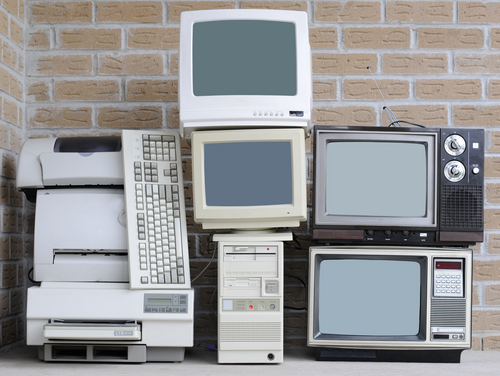
LesPalenik / Shutterstock.com
Nonprofit organizations are experts at squeezing every last bit of value out of an asset. After all, a penny saved is a penny earned. A penny earned by spending a dime, however, is a 900 percent loss.
The price of new computer hardware is remarkably inexpensive these days, but the cost is not zero, and as long as the old machine still turns on, many nonprofits continue running some pretty old hardware. Perhaps the software is newer, because TechSoup does get pretty close to free on some of the more common things like Windows and Office. Perhaps someone even upgraded the memory at some point, hoping to squeeze some more years out of that machine, but the actual costs of keeping an old machine, rather than replacing it on a schedule, should shock any nonprofit manager into getting a three-year depreciation schedule for a computer, and sticking to it. It’s time to retire computers and save our organizations some money. Here’s how this works:
- Computers, especially Windows-based computers, inherit errors and problems over time. You can minimize these through some maintenance, but how much maintenance do you want to put in to a $350 desktop?
- Some of your software is trying desperately to update whether your hardware has or not. Ever see that little pop-up about Adobe Reader? Yes, they are talking to you. Each update makes another change, and starts slowing things down.
- After a year or two of this, start-up times are noticeably slower. Processes get hung up, and maybe you need a restart or two. Maybe a quick re-imaging of the hard drive gets you back to peak performance. If you don’t know what that last sentence means, this will not help you and the time it would take you to learn might be better spent by skipping to step five below.
- You could limp along spending 10-15 minutes each morning waiting for your computer to get up to speed. If you pay someone $15/hour, the lost time from a slow startup will exceed the cost of a new computer in about 100 work days—say six months at most. So you might do well to skip to step five instead.
- Go online, order an inexpensive desktop (heck, even a laptop isn’t that much these days) and then get back to work. Stop wasting your very valuable time trying to preserve a very un-valuable asset.
Wait three years. Repeat.
Now, go focus on your mission. There’s work to do, and now you even have the tools to do it. The message you just sent to all the people supporting your work: Your time is valuable, and we value you.
Sign up for our free newsletters
Subscribe to NPQ's newsletters to have our top stories delivered directly to your inbox.
By signing up, you agree to our privacy policy and terms of use, and to receive messages from NPQ and our partners.
By the way, let’s guess that the lost time at start up isn’t the only lost productivity here. Let’s assume you get the office manager or the ED to look at the machine, and you decide to go all 20th century on this thing (hey, maybe it was built in the 20th century?) and defragment the hard drive. Another lost hour. Maybe you call in someone else—perhaps even a tech professional at $50/hour or more. It doesn’t take long before all this stuff adds up to the cost of a new machine.
Yes, there will be some initial time getting the new computer connected, but that is a one-time cost that will almost certainly not result in more trailing losses. Can you say the same thing about that donated, six-year-old PC you’re keeping on life support because it still technically powers up?
Steve Boland lives at the intersection of community, policy and technology. Steve holds a Master of Nonprofit Management from Hamline University, and is a regular contributor to Nonprofit Quarterly. He can be reached at steveboland.com.










